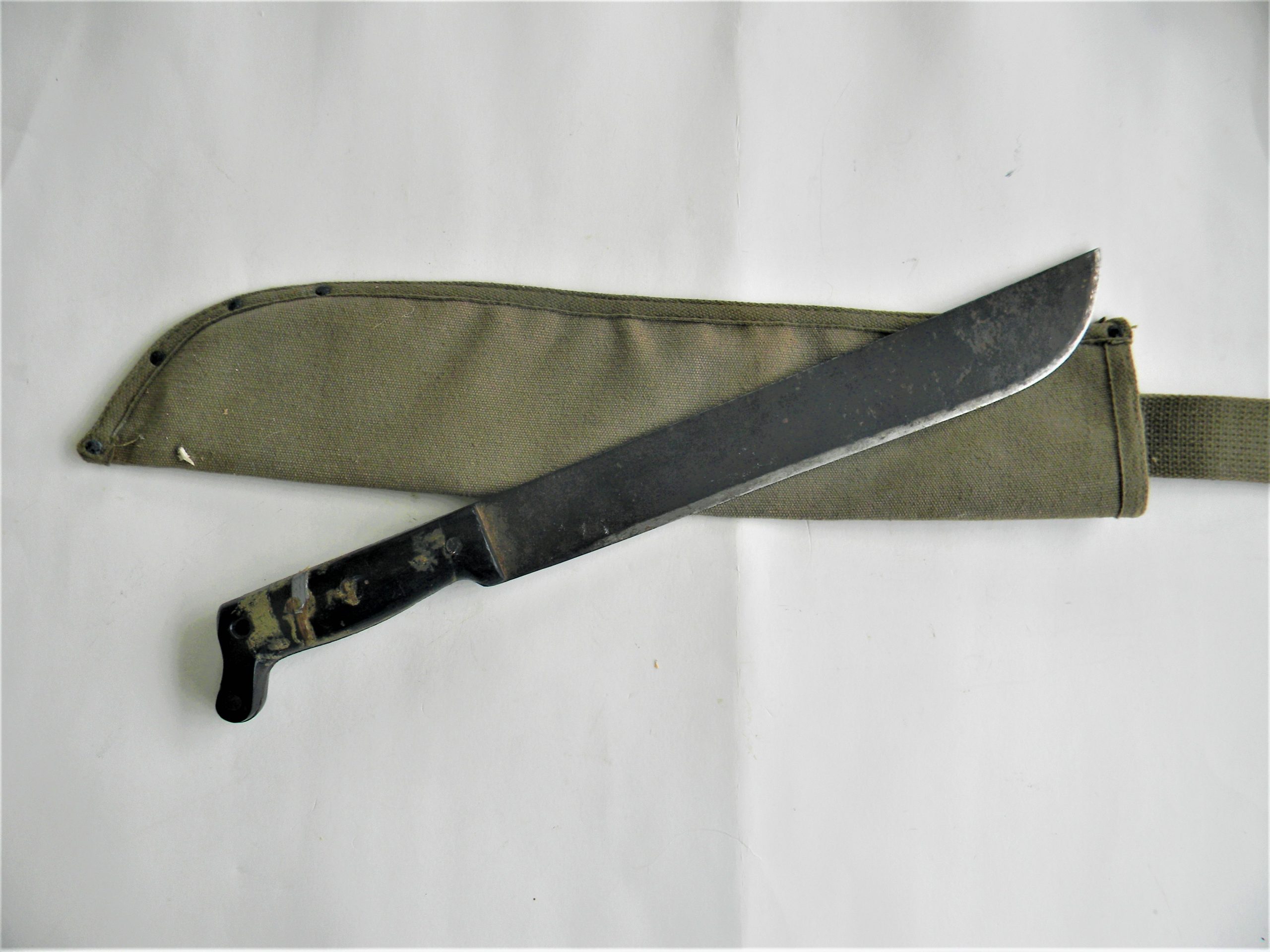The ball bat, stiletto and machete have certain cultural and practical histories. I have seen all deployed- as well as butcher knives, tire irons and golf clubs- in violent encounters. Then my wife reminded me of the box cutter- you get the picture. For all around hard use in a more pleasant setting the machete is possibly the king of edged tools. I own quite a few. I even have a couple on hand as bad examples! The machete saw extensive use during World War Two and the various banana wars. People all over the world rely on machetes. Compared to the Kukri or Bowie knife the machete has certain advantages in preparing food clearing brush and in some types of harvesting. The machete is a good tool in its best forms. I suppose the machete may be termed a multi tool. As a point of interest many police in South America, especially Cuba, were armed with a machete. They were taught to strike with the flat of the blade and to swing the sharp edge in an arc to break up riots. The threat was usually enough. The machete was a very important weapon in the revolution against Spain.
The best piece of advice I can give you is to avoid the cheap flea market type machete. These tools are so thin the edge doesn’t last long. They may be ok for whacking a few weeds but if you put them to heavy work you will find them very uncomfortable. The impact is transferred to your hand by the tool and a handle that doesn’t cover the metal of the machete. Among the best machetes in the world is the Linder. These feature a stainless steel blade. The 44905 features strong well designed wooden handles and an eighteen inch blade. The 449036 features a fourteen and one half inch blade. These machetes run from about thirty to less than fifty dollars average retail. I paid about that for mine more than twenty years ago. Camillus offers an affordable mini machete that stretches the definition but the thing comes in handy and is easy enough to carry. I also have a 1942 Collins Signal Corps issued machete. It is well balanced, light enough, and satisfying to use. I also have on hand a no name Chinese monstrosity that appears made from tool steel. It has saw teeth on top of the blade that are too dull and large for any use. The blade, however, is pretty tough. It is more of a short sword design than a machete but has a finger cut out in the choil. It isn’t the best five dollars I have spent but it works and if I break or lose it no big deal. I wrapped the handle with electricians tape and it works OK. For coarse work it succeeds. I have even dug rows for a garden with it.
I haven’t cut my own trail in some time but I have traveled on pretty poorly kept trails. The machete will clear a trail like nothing else. Don’t always use the edge. Slap aside foliage and cut when necessary. Take a good one on this type of trip. The design of the blade works well in this environment. There is plenty of leverage with a large handle relatively thin blade and a flat surface. You will wear yourself out attempting to chop away every obstacle. Whack the brush aside and work at its weakest point. Watch out for creepy crawling things.
Advertisement — Continue Reading Below
If you have visited the Caribbean for any length of time you may have seen sugar cane and rice harvested with a machete. This is the preferred tool. The agricultural machete may be a bit different than the general use machete we deploy on the Appalachian Trail but it will work well enough. For some specific chores the tool is so large it is really a sickle- and we know the use the Bolsheviks got out of the sickle! A bill hook tool is sometimes used. Machetes are great for poking around camp fires with no danger of being burned. There is also much utility in the design for weeding out a garden. For these uses I find the eighteen inch blade a bit large and heavy and I think that after some trail and error the fourteen inch blade is about ideal. But there is plenty of room for personal choice. Machetes are great for clearing vines from brick and fences. Unless you get the roots the stuff grows back but in the meantime a machete really helps in shaping the yard up. While you are at it you may have the occasion to chop the head off a reptile. There is plenty of leverage and the machete offers a firm smack and plenty of weight for this chore.
I think an axe is better suited to preparing kindling for a fire- but it depends. A good machete is plenty strong for kindling if a little light for some things. If you have a good thick handle that prevents the machete’s metal from contacting you hand you may use this tool effectively. It depends on the problem at hand and the size of the tree. A machete is a great all around camp tool useful for making a hasty shelter and even preparing food with some practice. Maintenance, clearing, and collecting kindling are common camp chores. Building a shelter demands you are able to chop poles and also cut out enough material for a roof. From a one person shelter to larger shelter a machete makes short work of a lot of brush. Whichever type you choose don’t neglect maintenance. Wipe the machete off from time to time to prevent wood material from getting ground into the edge when you sharpen the edge. Don’t forget stainless machetes are just that stain-less and will rust, they simply are more resistant to rust. This isn’t a tool with a lot of bling factor but it is an indispensable piece of gear.
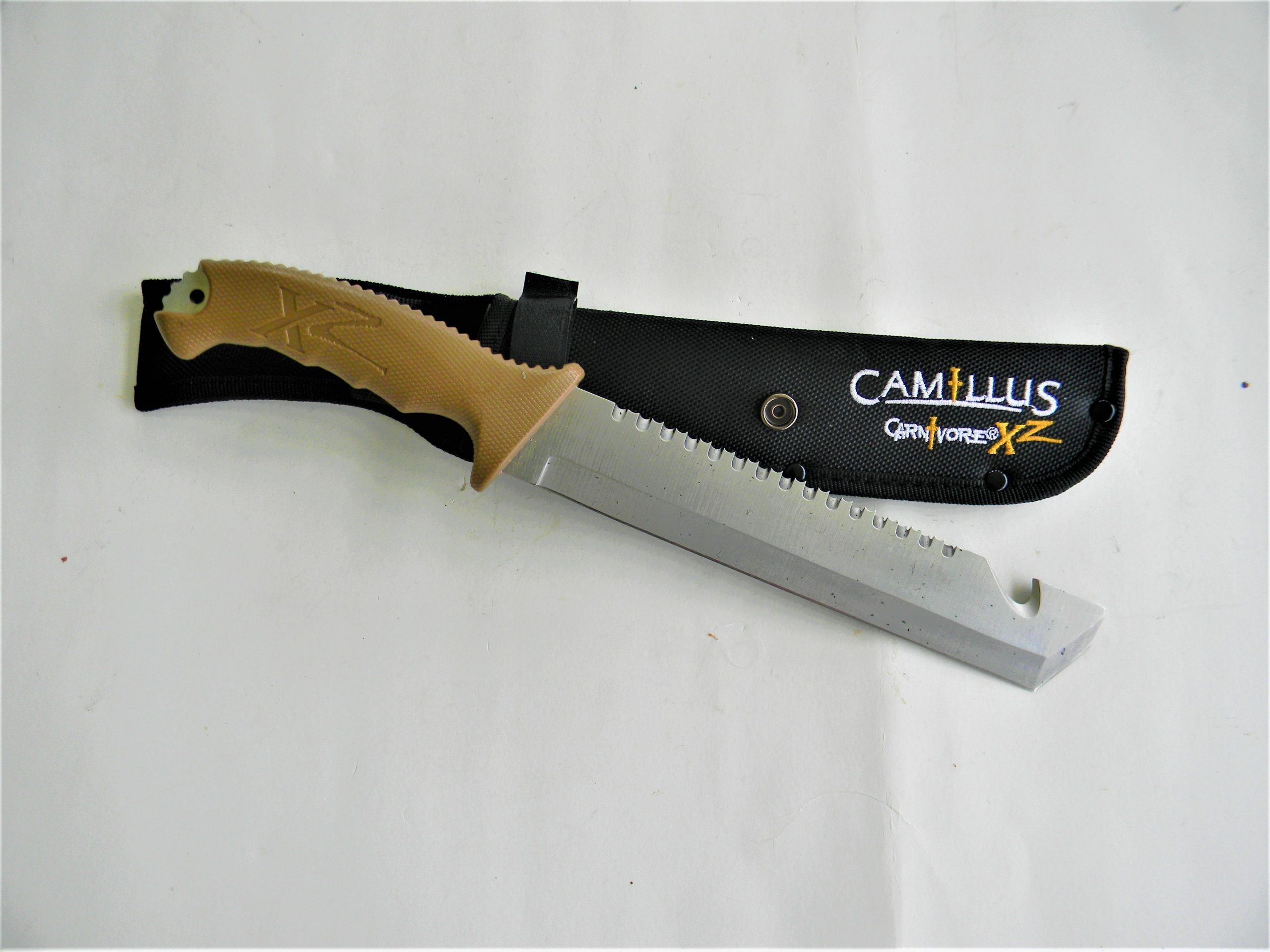
Advertisement — Continue Reading Below
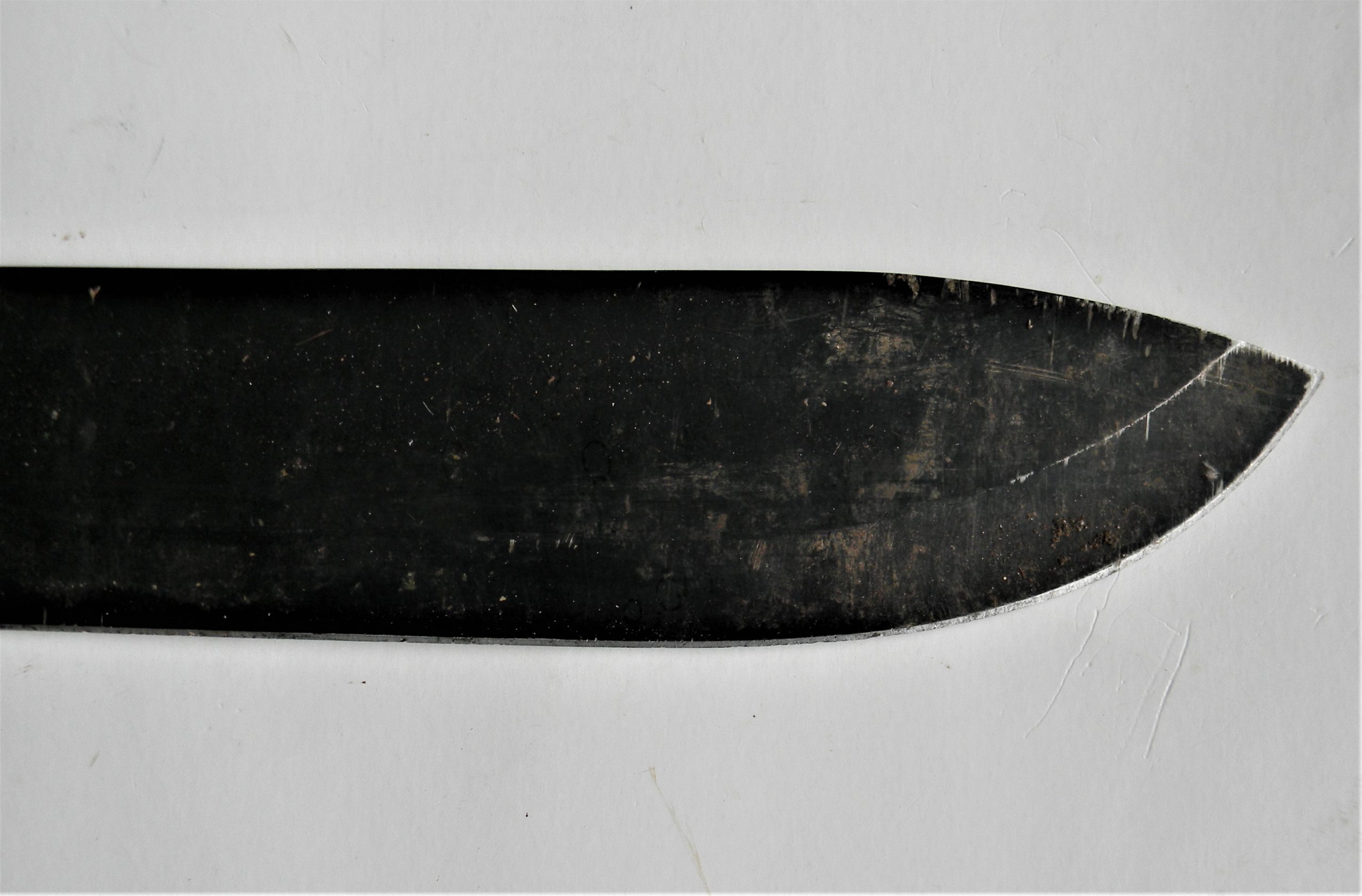
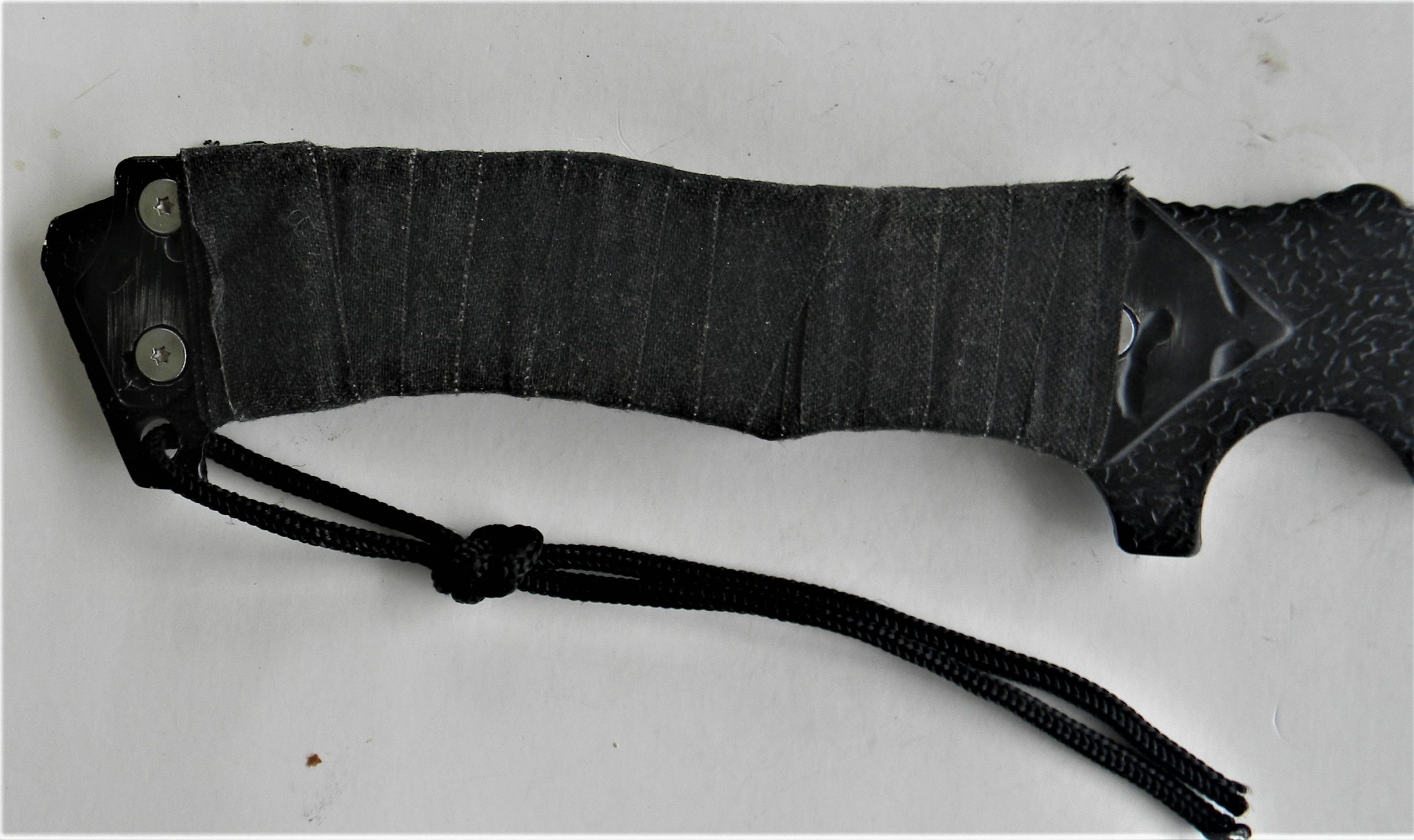
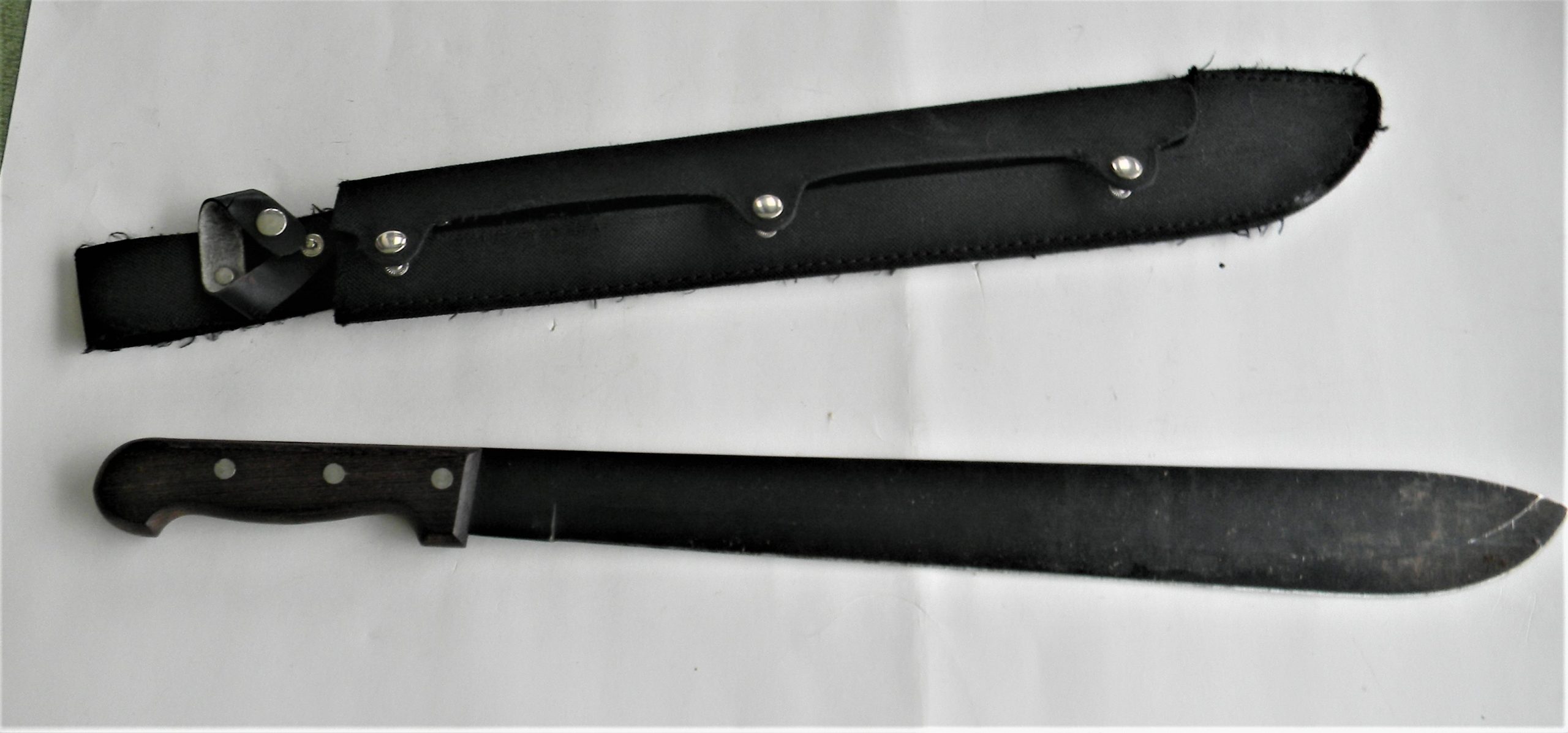
Advertisement — Continue Reading Below

